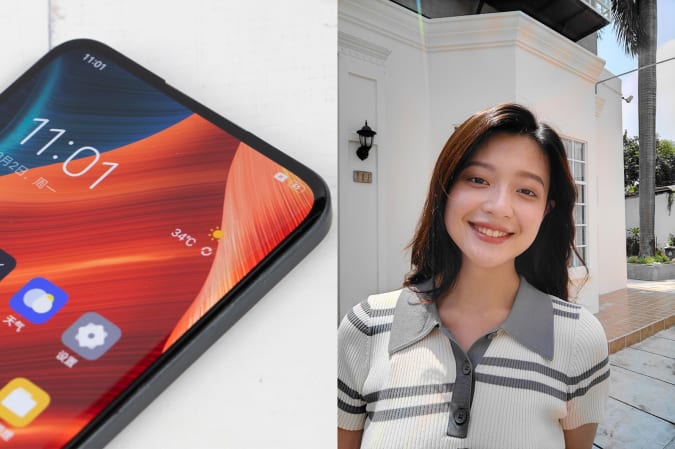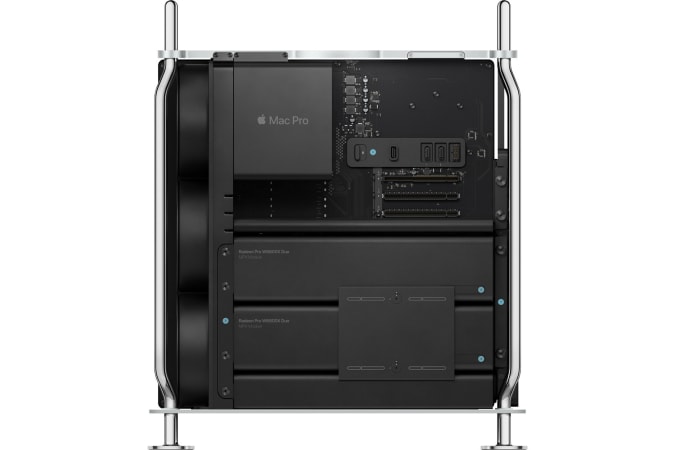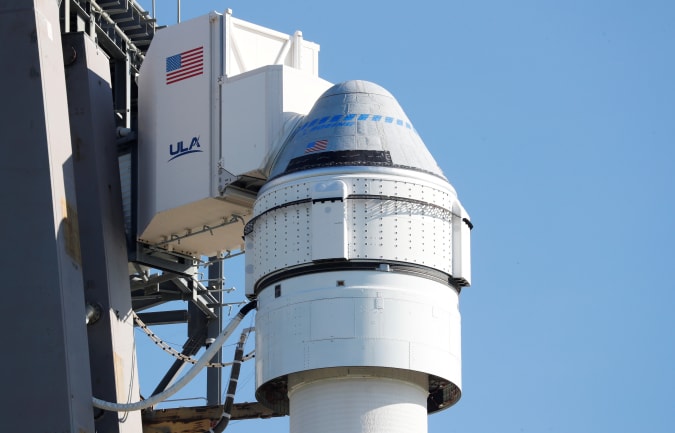When will see the end of the notch or the hole-punch camera? The fight continues to make in-screen smartphone cameras a viable option. Last year's ZTE Axon 20 5G was the first phone to attempt the hidden selfie camera, but it struggled with image quality. It’s a predictable issue: The camera has to face out through the screen, affected by whatever the pixels are displaying.
Oppo has announced its third-gen under-screen camera which, based on a sample shot, shows a lot of promise. Even if it’s a company’s own sample, there’s no noticeable haziness nor glare. The company explains this is possible through a combination of electronic engineering and AI smarts. Oppo says it trained its own AI engine "using tens of thousands of photos" to achieve more accurate corrections on diffraction, white balance and HDR.

Oppo
Then there’s the display. Earlier designs lowered the pixel density in the area above the camera to let more light into the sensor. This, however, made a noticeable patch above the camera. But now, Oppo — or whichever company is making its smartphone displays, possibly Samsung — figured out a way to boost light transmittance by shrinking each pixel's geometry. In other words, it keeps the same pixel density, but more light can reach the camera sensor.
Oppo hasn’t mentioned a date — or new phone — for the under-screen camera, but ZTE claims to feature an improved version of its under-screen camera in its new Axon 30 5G, which launched in China last week. The timing is all a little too coincidental.
— Mat Smith
Probably the best you’ll get this year.

Apple
While it’s no Mac Pro with in-house silicon, Apple has updated the Mac Pro with new high-end GPU options. AMD's Radeon Pro W6800X, W6800X Duo and W6900X cards tout 50 percent improved performance per watt over their Vega II predecessors. All of them include four Thunderbolt 3 ports and an HDMI 2 connector, with support for Infinity Fabric Link that lets up to four GPUs (such as two W6800X Duo modules) talk to each other five times faster than PCIe.
That performance will, of course, cost you: $2,400 extra to configure a new Mac Pro with the W6800X inside, $4,600 for the W6800X Duo and $5,600 for the W6900X. Go all-out and you can spend $9,600 on two W6800X Duos or $11,600 on two W6900X modules. Continue reading.
Expect an update later today.

Joe Skipper / reuters
Boeing will have to wait yet again to test its Starliner spacecraft. The company and NASA had planned to launch the capsule on Tuesday on top of an Atlas V rocket at 1:20 PM ET yesterday, but the company had to delay the launch due to "unexpected valve position indications in the propulsion system" that engineers spotted during pre-launch preparations. Continue reading.
It doesn’t taste like Mountain Dew.

Engadget, Mat Smith
As promised, we bought Krispy Kreme’s celebratory Xbox donut, with powdered sugar nexus design. Do we own an Xbox? No. But do we like donuts? Yes. Continue reading.
For a limited time, but probably until ‘Halo Infinite’ actually arrives.
Microsoft and 343 Industries have partnered with Waze to bring the Master Chief and Escharum, his Banished foil in Infinite’s upcoming story campaign, to the navigation app. It’s also possible to change your car’s live map icon to either a Warthog or Ghost and update your profile “mood” to feature the visage of the Spartan or alien war chief. Continue reading.
The retailer's contactless payments system is available at 53 of its physical stores.
Amazon is offering $10 in promotional credit to get people to sign up to its palm print payments system, according to an offer spotted by TechCrunch. The retailer launched Amazon One last fall as a contactless way of authenticating purchases and allowing entry into stores using a biometric device. The sign-up process is the only part that requires you to touch the device. After that, you just hover your palm over the scanner to enter a store and complete purchases.
Amazon is aware of privacy concerns and promised to secure palm data using encryption and dedicated secure zones with restricted access controls. For those worried their data could be monetized, Amazon also committed to keeping palm data separate from its other customer data. That said, a $10 voucher may not sway those already put off by the horror stories around the company’s facial recognition tech and Alexa voice recordings. Continue reading.
But wait, there’s more...
Logitech's latest wireless earbuds are certified by Zoom, Microsoft and Google
Realme's 'MagDart' is an Android take on MagSafe, but faster
AT&T finalizes spinoff of DirecTV into its own company
JLab debuts $20 true wireless earbuds with 8-hour battery life and touch controls
Netflix is making a documentary about SpaceX's upcoming Inspiration4 civilian flight
The Magic Keyboard with Touch ID goes on sale for $149
Blizzard president 'steps down' amid sexual discrimination and harassment lawsuit
All products recommended by Engadget are selected by our editorial team, independent of our parent company. Some of our stories include affiliate links. If you buy something through one of these links, we may earn an affiliate commission.
Article From & Read More ( The Morning After: Is this the end of the selfie camera notch? - Engadget )https://ift.tt/3Cfl8K0
Technology
Bagikan Berita Ini















0 Response to "The Morning After: Is this the end of the selfie camera notch? - Engadget"
Post a Comment